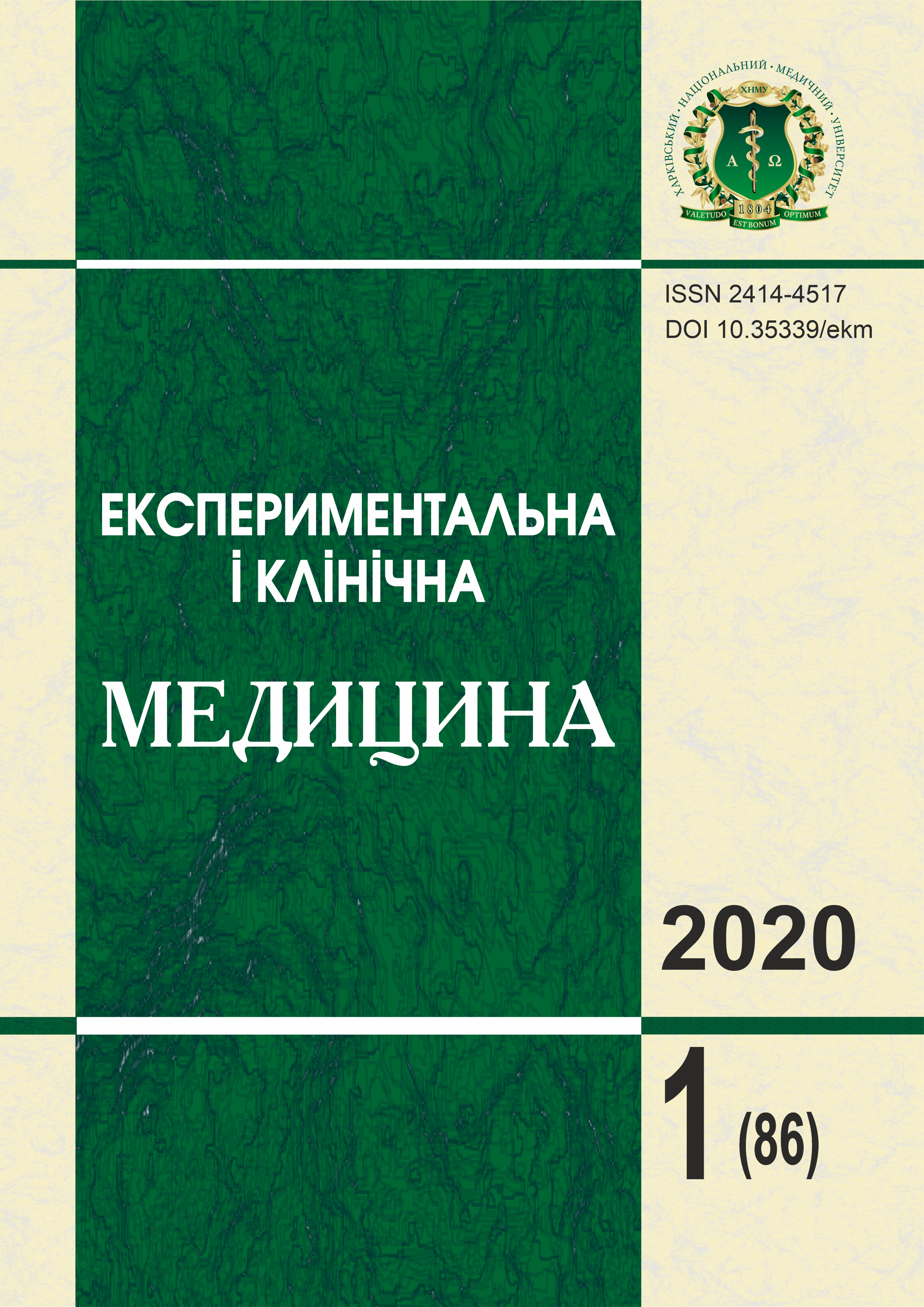Анотація
Стаття присвячена методам прогнозування та контролю інтенсивної терапії недостатності кровообігу на основі оцінки енергетичних показників кровообігу. Розробляли прогностичні критерії перебігу недостатності кровообігу. Застосовували електродинамічне моделювання роботи системи кровообігу, в результаті якого введено ряд нових параметрів системи кровообігу, визначених у здорових осіб, при серцевій, судинній та гіповолемічній недостатності. Встановили, що інтегральний енергетичний показник кровообігу - циркуляторний резерв (ЦР) - у здорових осіб становить (617± 145) мВт/м2, при серцевій недостатності - від (184±58) до (367±86) мВт/м2, при судинній недостатності - від (202±65) до (384±77) мВт/м2, при крововтраті 40 % ОЦК і більше - менше 50 мВт/м2. Енергетичні параметри системи кровообігу дозволяють прогнозувати результат інтенсивної терапії недостатності кровообігу. Рівень ЦР нижче 100 мВт/м2 є небезпечним і з високою ймовірністю про[1]рокує несприятливий результат недостатності кровообігу.
Ключові слова: енергетика кровообігу, серцева недостатність, судинна недостатність, гіповолемія.
Посилання
Ryabov, G. A. (1988). Gipoksiya kriticheskih sostoyaniy [Hypoxia of critical conditions]. Moskva: Meditsina, 288 [in Russian].
Usenko, L. V., Shifrin, G. A. (2007). Intensivnaya terapiya pri krovopotere [Intensive therapy for blood loss]. (3 d ed.). Dnepropetrovsk: Novaya ideologiya, 290 [in Russian].
Lotka, A. J. (1925). Elements of physical biology. Baltimore: Williams and Willkins. 250.
Odum, E. R (1968). Energy Flow in Ecosystems: A Historical Review. American Zoologist, 8(l), 11-18.
Hochachka, R. W., Somero, G. N. (1973). Biochemical adaptation. Philadelphia: W. B. Saunders Company, 375.
Ivanov, K. P (2016). Novyie biologicheskie problemyi v energetike zhivyih sistem [New biological problems in the energetics of living systems]. Uspehi sovremennoy biologii - Advances in modern biology, 136(6), 586-592 [in Russian].
Folkow, B., Neil, E. (1967). Krovoobraschenie [Blood circulation], (N. M. Verich, Trans). Moskva: Meditsina, 463 [in Russian].
Mikhnevich, K. G. (2018). Nekotoryje voprosy gidrodinamiki і energetiki tsirkulyatomogo і gemicheskogo zvenjev sistemy transporta kisloroda (chast 2) [Some issues of hydrodynamics and energetics of circulatory and hemic links of the oxygen transport system (part 2)]. Meditsina neotlozlmyih sostoyaniy - Medicine of emergency conditions, 5(92), 24-33. DOI: 10.22141/2224-0586.5.92.2018.143228 [in Russian].
Mikhnevich, K. G., Volkova, Yu. V., Baranova, N. V., Naumenko, V. A. (2019). Energodinamika krovoobrashchenija v perioperatsionnom periode u bolnykh s ostrym koronarnym sindromom, pereniosshykh aortokoronamoje shuntirovanije [Energy dynamics of blood circulation in the perioperative period in patients with acute coronary syndrome who have undergone coronary artery bypass grafting]. Kliniclma anesteziologija ta intensyvna terapija - Clinical anesthesia and intensive therapy, 2(14), 55-63. DOI: 10.31379/2411.2616.14.2.7 [in Russian].
Lizogub, N. V., Georgijants, M. A., Vysotskaja, E. V., Mikhnevich, K. G., Porvan, A. P, Lizogub, K. I. (2019). Prognozirovanije razvitija arterialnoj gipotenzii pri povorote patsienta na zhivot na fone spinalnoj anestezii [Predicting the development of arterial hypotension when turning the patient on his stomach against the background of spinal anesthesia]. Science Rise: Medical Science, 3(30), 4-10. DOI: 10.15587/2519-4798.2019.169496 [in Russian].

